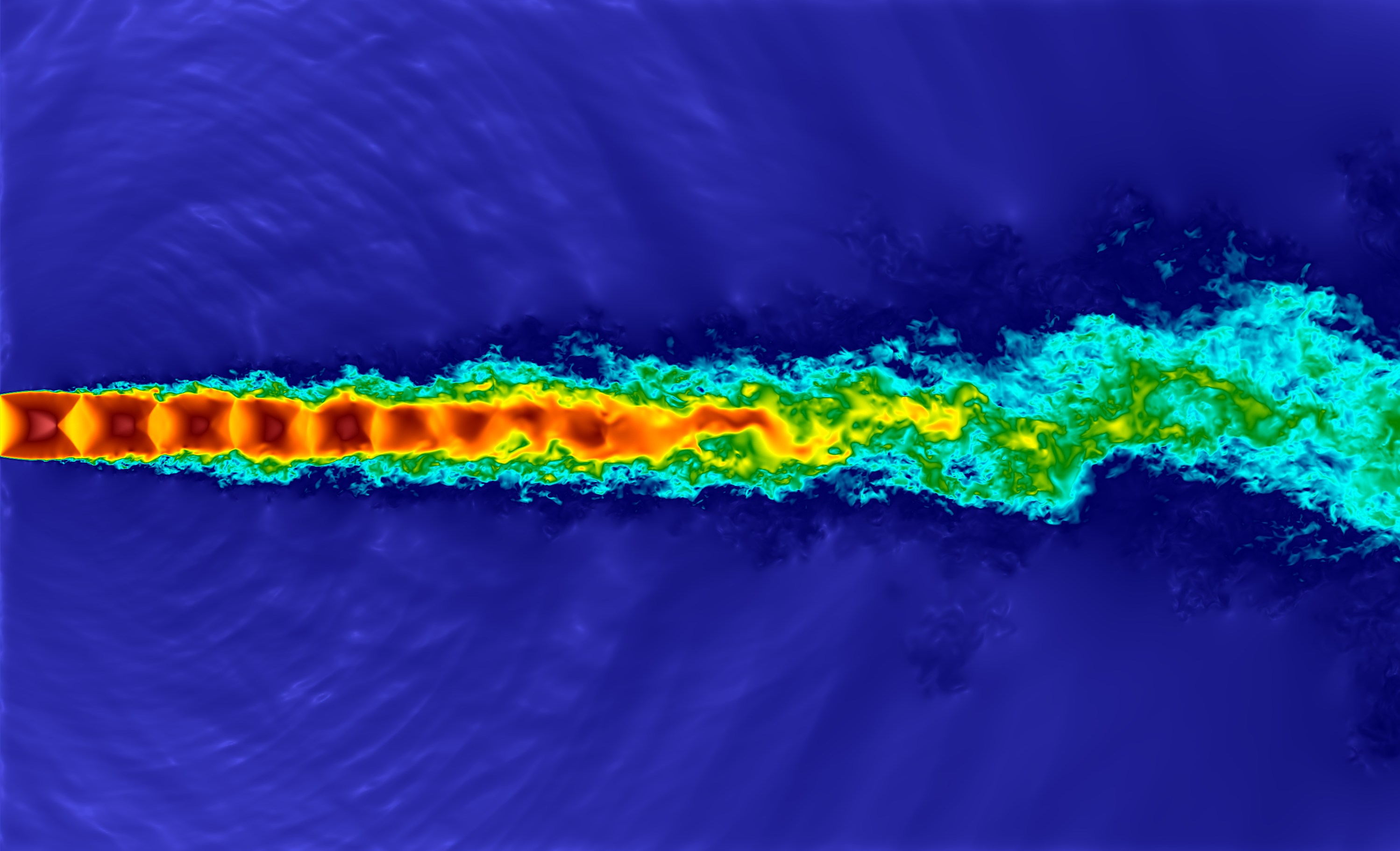Dynamics

The need for accurate simulation of fluid flow in very diverse applications has been one of the major drivers behind the development of computational methods in general since the middle of the 20th century.Numerical methods for the simulation for single-phase flow have reached a very high Technology Readiness Level. The current focus in this field within DCSE is on the development of advanced discretisation techniques for which the discrete solutions inherit all major properties of their continuous counterparts. This is particularly challenging when the flow domain is geometrically complicated and/or either moving or deforming. Furthermore, algorithms are developed to perform massively parallel computations to allow simulation of turbulent flow directly or using highly advanced turbulence models. Simulation techniques for multiphase flow have not yet reached the same level of maturity. A number of groups within DCSE are actively developing methods for the simulation of fluid-fluid and fluid-solid flow, based on very diverse methodology, targeted at their own particular applications that range from modeling scour to chemical reactors.In many applications only fully coupled multiphysics simulations can accurately model intricate processes. A typical example is fluid structure interaction, where a fluid flow and the dynamical response of a deformable structure to the flow-induced loads are solved simultaneously. Equally challenging is the modeling of a fluid or particle flow interacting with electromagnetic fields or the simulation of the flow of multiple species that are chemically reacting.Therefore, this is another point of focus of research within DCSE.In reality flow conditions, the geometry of the flow domain and material properties are only known with a problem specific degree of uncertainty. This fact makes the solution of the problem not deterministic but the outcome of a stochastic process. Although this has been neglected in early computational methods, it receives more and more attention in the computational science community at large and also specifically in a number of DCSE research groups